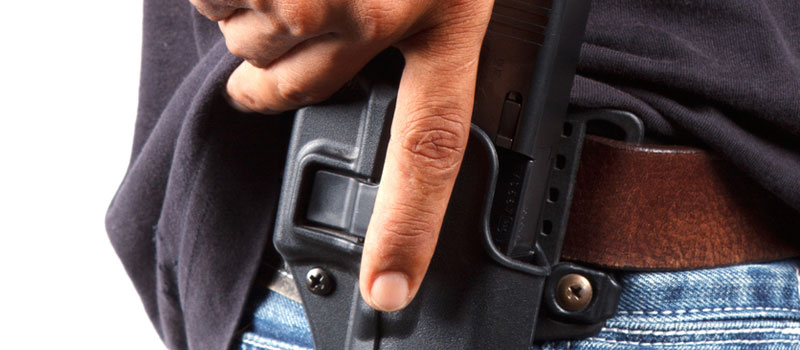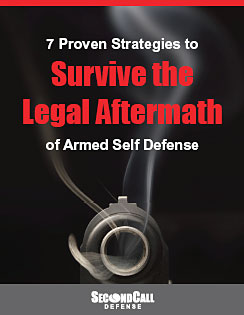Which Holster Retention Level is Best for You?
by Drew Beatty
To safely carry a pistol, whether open or concealed, you need a proper holster. There are numerous holster manufacturers selling nearly limitless styles and designs. One important key to having a proper holster for your needs is the idea of retention — meaning in what manner and how well the holster retains the pistol — and how quickly you are able to draw from the holster.
Holster retention is designated by levels 1, 2 and 3. Let’s take a look at the differences between these holster retention levels.
Level 1
A level 1 holster holds the firearms in place by friction only, most often by having a tight grip on the frame, slide or trigger guard of the gun. The retention with these holsters is passive, not active, meaning the shooter does not need to activate a lever, release a snap or push a button to unholster the weapon. A firm tug on the pistol will release it. These holsters are often formed to fit a specific make and model of pistol, and are not interchangeable with other pistols.
There are many Level 1 leather and kydex holsters available on the market. These holsters have the advantage of being very easy to draw from, and are more compact and less bulky than higher retention level holsters. They have the disadvantage of being less secure than higher retention level holsters. This means you can more easily have the gun fall out of the holster if you take a hard fall, or if you get into a wrestling match with an attacker.
Also, it could more easily be snatched from the holster by a bad guy. Also, in the case of a leather Level 1 holster, retention can be negatively affected by heat and humidity. Kydex holsters are impervious to temperature and humidity changes. Level 1 is the most common type of inside the waistband (IWB) concealed carry holster.
Level 2
A Level 2 holster has the same friction pistol retention characteristics of a level 1 holster, but also has some added retention features, most commonly a strap or hood that covers the back of the firearm to help secure it in place. This is an active retention feature, requiring the shooter to unsnap a strap or activate some type of lever to draw the pistol.
Level 2 holsters offer more retention than Level 1 holsters, but also require the shooter to take the extra step of activating the additional retention feature before drawing. It will be necessary to train to become competent at releasing this second feature on a Level 2 holster when drawing the pistol. The additional retention feature allows the Level 2 holster to be more secure from falling out in a dramatic event or being snatched.
Level 3
A Level 3 holster has both the passive and active features of the Level 1 and 2 holsters, but also has some additional form of active feature to hold the pistol. Many Level 3 holsters have a button you need to press with your index finger as a third level of retention to draw the pistol. These holsters are very secure against having someone snatch the pistol from you, but at the cost of a slower and much more complicated release and draw. If you are in a hurry to deploy the pistol and miss one of the tricks to releasing one of the retention measures, the pistol is not coming out.
Level 3 holsters are most often used by people in law enforcement and in military applications, and are not very common for the armed citizen who carries a pistol. However, if you do choose to use this level of holster as an armed citizen, be sure to practice drawing the pistol until you are extremely competent.
There are a huge variety of handgun holsters on the market of various retention levels. If you are in the market for a good handgun holster, ask some gun guys and gals who you know what they use, or stop by the local gun shop to discuss what retention level is right for you.
Drew Beatty is a 50 year old husband and father, and a lifetime resident of the great state of Colorado. He is a long-time firearms enthusiast as well as a strong advocate for The Second Amendment.
“


